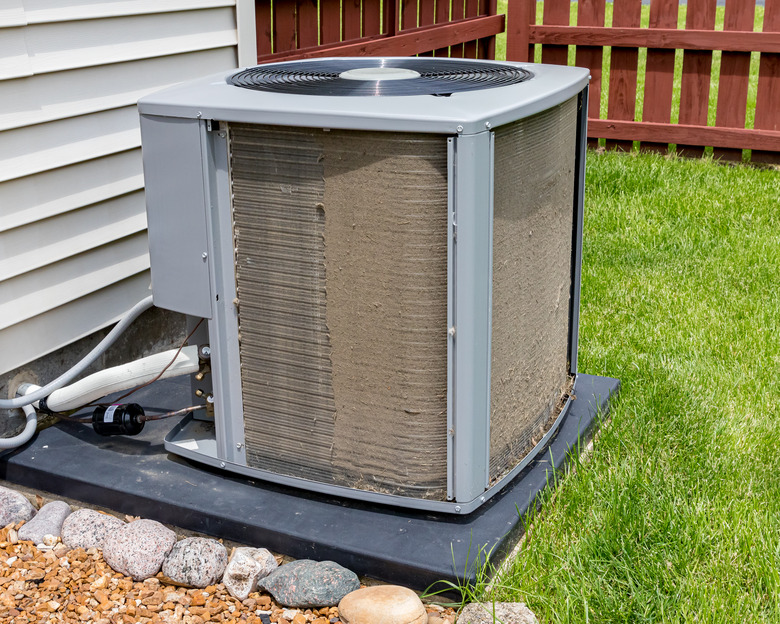How Do VAV Boxes Work?
A variable air volume (VAV) box, is a part of an air conditioning system. It is located inside the duct work and is designed to control the air flow to a specific area, called a "zone."
The VAV regulates the volume of the air to the zone by opening or closing the damper, thus controlling the amount of conditioned air directed to the zone. Each zone in a building has a thermostat that controls the VAV, telling it when to open or shut the damper based upon the needs of the zone.
Tip
VAV boxes have a damper that opens or closes when the thermostat reaches a specific temperature.
VAV Box Parts
The traditional VAV box contains several parts which are necessary for operation. The casing is the outer box or shell, usually made from 22 gauge galvanized steel. The inlet is the connection to the duct coming from the air handling unit. The outlet is the connection to the duct leading to the zone.
Inside is the damper, or the metal door which opens or closes to control the amount of air flow needed. The damper controlled automatically by a motor, which is controlled by the thermostat. A thermostat is placed in the zone of the VAV, detecting the current temperature and instructing the VAV to open or close. This controls the amount of conditioned air entering the zone.
Types of VAV Boxes
There are three types of VAV boxes: traditional, fan-powered and VAV with reheat. The traditional VAV box consists of VAV box with an integral damper and is controlled by thermostat. This is the most basic type of VAV box and is also called a single duct terminal unit. If a building only requires air conditioning, this VAV box is ideal.
The fan-powered VAV is built the same as the traditional, but it also contains a fan which is triggered when the area reaches optimal temperature or the damper is 50% closed. Also called a parallel fan-powered terminal unit, it provides additional air circulation when there is less demand for conditioned air. A modified version called a series fan-powered terminal unit keeps the fan running all the time, regardless of whether the system is in heating or cooling mode.
A VAV with reheat also is built the same as the traditional VAV, but it contains an electric or hydronic coil designed to reheat the air when the damper reaches a predetermined position. This feature allows heating in the specific zone instead of having to heat the whole building, which improves the efficiency of the entire system.
Uses for VAV Boxes
VAV boxes are usually designed for use in larger systems, where cooling needs vary in each zone of the building. The system has a large air handling unit and multiple VAV boxes, allowing a far greater degree of control than a simpler system. With the ability to run the system on part load when not in use, or to have a higher level of independent room control, the VAV box are used in a variety of locations including retail stores, auditoriums, office spaces and some larger homes.
